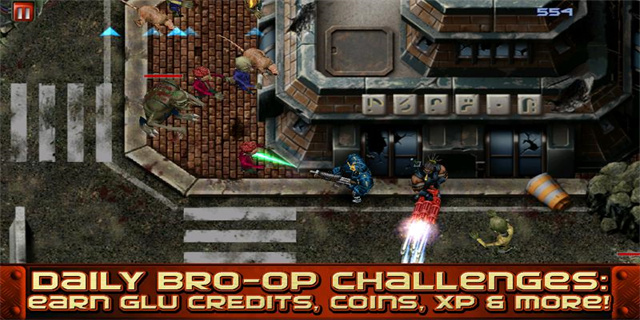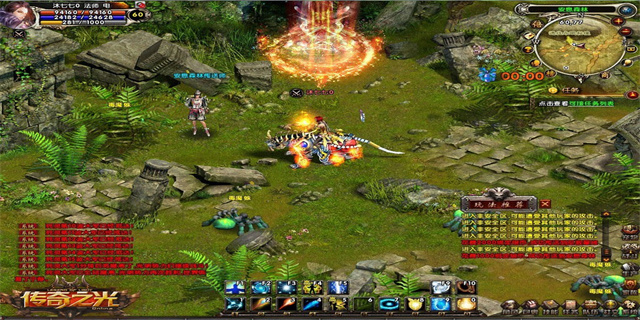Prism: A Versatile CSS Framework for Beautiful Web Design
Web design has come a long way since the early days of the internet. With the advancements in technology and the increasing demand for more complex and visually appealing websites, developers have had to turn to CSS frameworks to simplify the design process. One such framework that has gained popularity in recent years is Prism. In this article, we will explore what Prism is, its key features, and how it can benefit web designers and developers.
What is Prism?
Prism is a lightweight and modular CSS framework that provides a simple yet powerful way to create beautiful web designs. Developed by Lea Verou, a well-known front-end web developer and author, Prism aims to solve common design problems and provide a solid foundation for creating responsive and visually stunning websites. It is built on the principles of modular design, flexibility, and performance, making it an excellent choice for both beginners and experienced professionals.

Key Features of Prism
1. Modular Structure: One of the core principles of Prism is its modular structure. Instead of providing a complete set of pre-styled components, Prism focuses on providing a collection of independent modules. This modular approach allows designers and developers to choose and include only the modules they need, reducing the overall file size and improving performance. It also enables easy customization and extensibility, making it a flexible framework for various design requirements.
2. Responsive Grid System: Prism includes a responsive grid system that simplifies the layout creation process. The grid system is based on flexbox, a modern CSS layout mechanism that allows for easy alignment and distribution of content within a container. With Prism's grid system, designers can create responsive and fluid layouts without the need for extensive CSS coding. It provides a range of responsive classes that make it easy to create complex grid structures that adapt to different screen sizes and devices.

3. Versatile Typography: Typography plays a crucial role in web design, and Prism offers a wide range of typographic styles to choose from. It includes a collection of carefully curated font stacks, scalable headings, and responsive text utilities that make it easy to create visually appealing and readable typography. Additionally, Prism provides utility classes for fine-tuning typography, such as text alignment, letter spacing, and line height. These typography utilities enable designers to achieve the desired look and feel of their websites with minimal effort.
4. Extensive Color Palette: Colors are an essential aspect of any design, and Prism provides a comprehensive color palette to meet diverse design needs. It includes a wide range of predefined color classes that can be easily applied to various elements, allowing designers to create visually coherent and harmonious color schemes. Furthermore, Prism's color utilities enable designers to modify and customize the default color classes, making it easy to create unique and branded color schemes that align with the website's aesthetics.
Benefits of Using Prism
1. Time-Saving: Prism's modular structure and ready-to-use components significantly speed up the design and development process. Designers can quickly assemble a visually appealing and responsive layout by selecting the desired modules and utilizing the built-in utilities. Additionally, Prism's extensive documentation and code examples make it easy to understand and implement, reducing the learning curve for new users.
2. Cross-Browser Compatibility: Ensuring that a website looks consistent across different browsers can be a challenging task. However, Prism has been designed and extensively tested to provide consistent and reliable results across all major browsers, including Internet Explorer 11. This browser compatibility ensures that the websites built using Prism display correctly and function seamlessly for all users, regardless of their browser preference.
3. Scalability and Customization: Prism's modular design and flexible grid system make it highly scalable and customizable. Developers can easily add or remove modules as per the project requirements, minimizing bloat and optimizing performance. The framework's customization options, such as the ability to modify color schemes and typography styles, enable designers to create unique and personalized designs that align with their clients' branding and visual identity.
In conclusion, Prism is a versatile CSS framework that simplifies web design and development while providing flexibility and performance. With its modular structure, responsive grid system, versatile typography, and extensive color palette, Prism equips designers and developers with the necessary tools to create visually stunning and responsive websites. The time-saving benefits, cross-browser compatibility, and scalability make Prism a valuable asset in the ever-evolving world of web design. Whether you are a beginner or an experienced professional, exploring Prism can undoubtedly enhance your web design workflow and deliver exceptional results.


















